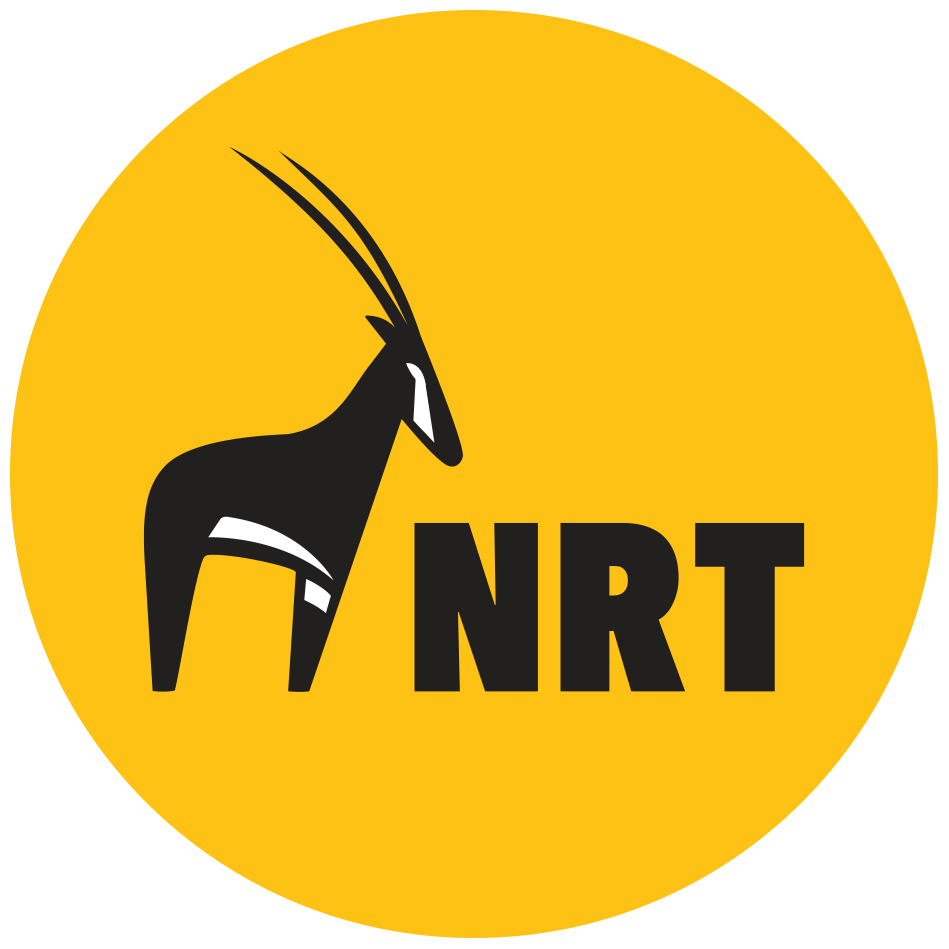Shifts in grazing patterns and increasing climate variability have significantly reduced the productivity of the rangelands of northern Kenya over the last three decades. The proliferation of invasive species such as Acacia reficiens has also taken its toll.
In a region where livelihoods are inextricably linked to livestock and the land, this poses a major threat to both wildlife and people.
The NRT rangelands programme focuses on building the capability of community conservancies in grazing management through grazing committees and conservancy leadership:
It supports conservancies to develop conservancy-level rangelands plans, by identifying their own priority areas for rangelands management, as well as looking at a landscape-level approach.
It provides support to conservancies for community outreach activities, to increase awareness and support for rangelands management, (there is widespread community support in those conservancies that have active rangeland management programmes, in which an increasing number of women are involved).
Rangeland Rehabilitation
Acacia reficiens is a tree that spreads rapidly on degraded land. As overgrazing and erosion have taken their toll on much of north Kenya’s rangelands, Acacia reficiens is becoming more prolific. It has no value to either livestock or wildlife, and what’s worse, it displaces other, more valuable forage species. Conservancies badly affected by Acacia reficiens have been taking action - engaging the community, with the support of donors and partners, to help clear the trees from the land they rely upon, and which provides such valuable habitat to wildlife. When trees are cut as part of rehabilitation projects, the branches are spread over the earth, helping prevent further erosion during rain, and also protect grass seeds sprinkled amongst them from herbivores.
Herders established at least 20,000 semicircular earth bunds in Oldonyiro, Nasuulu, Meibae, Westgate, Kalama, Il Ngwesi, and Lekurruki Community Conservancies. These surface runoff collection and retention structures are used to promote natural regeneration. In 2022, 501 acres of bare ground cover were rehabilitated.
Vegetation monitoring
Veg-CoMMS is a vegetation monitoring system adapted by NRT from the US Department of Agriculture’s Monitoring Rangeland Health Guide, to be appropriate for implementation by community conservancies. Approximately 200 Veg-CoMMS monitoring sites have been established so far.
2022 had the lowest vegetation cover recorded in the last five years (2017-2022). Due to nearly five consecutive failed rainy seasons, the forage accumulated in previous years had been reduced to the bare minimum.
Biogas
90% of rural Kenyan households rely on firewood fuel for cooking (Ministry of Energy) - putting immense amounts of pressure on forested areas. In February 2020, NRT and partners launched a project to help conservancy members reduce pressure on shrinking forest habitats from firewood harvesting by switching to a sustainable and abundant fuel source.
Each biogas digester cost KSh 30,000 (USD 300), and were donated to the conservancies in order for them to start a revolving fund from the household repayment plans. Each household will be required to pay Ksh 1,125 (USD 11.25) - a little over the cost of a bag of charcoal - to their respective conservancies every month to create a revolving fund that will enable the purchase of more biogas units to benefit other conservancy members.
In 2022, NRT implemented the second phase of the Clean Energy Project and installed biogas digesters in the coastal region to minimize dependency on fuelwood and promote clean and renewable energy use.
600 biogas units were installed in 20 conservancies in northern and coastal Kenya in 2022.
Rangelands cartoons
The NRT rangelands team has developed a highly popular three-part cartoon series in English, Swahili and Maa. The cartoons look at how the north Kenya landscape has changed in recent years, and examine the causes and potential solutions. They are designed to trigger discussion amongst largely illiterate audiences, and are shown on laptops to herders, elders, women and children at rangelands meetings.
Since 2019-2022, 9,044 herders (2,288 male adults, 2,034 female adults, 2,062 youth, and 2,660 children) have been reached with appropriate information on planned grazing management through rangeland cartoon screenings in villages.
The cartoons have been adapted for sharing on messaging apps and social media, where they are reaching thousands more people.



